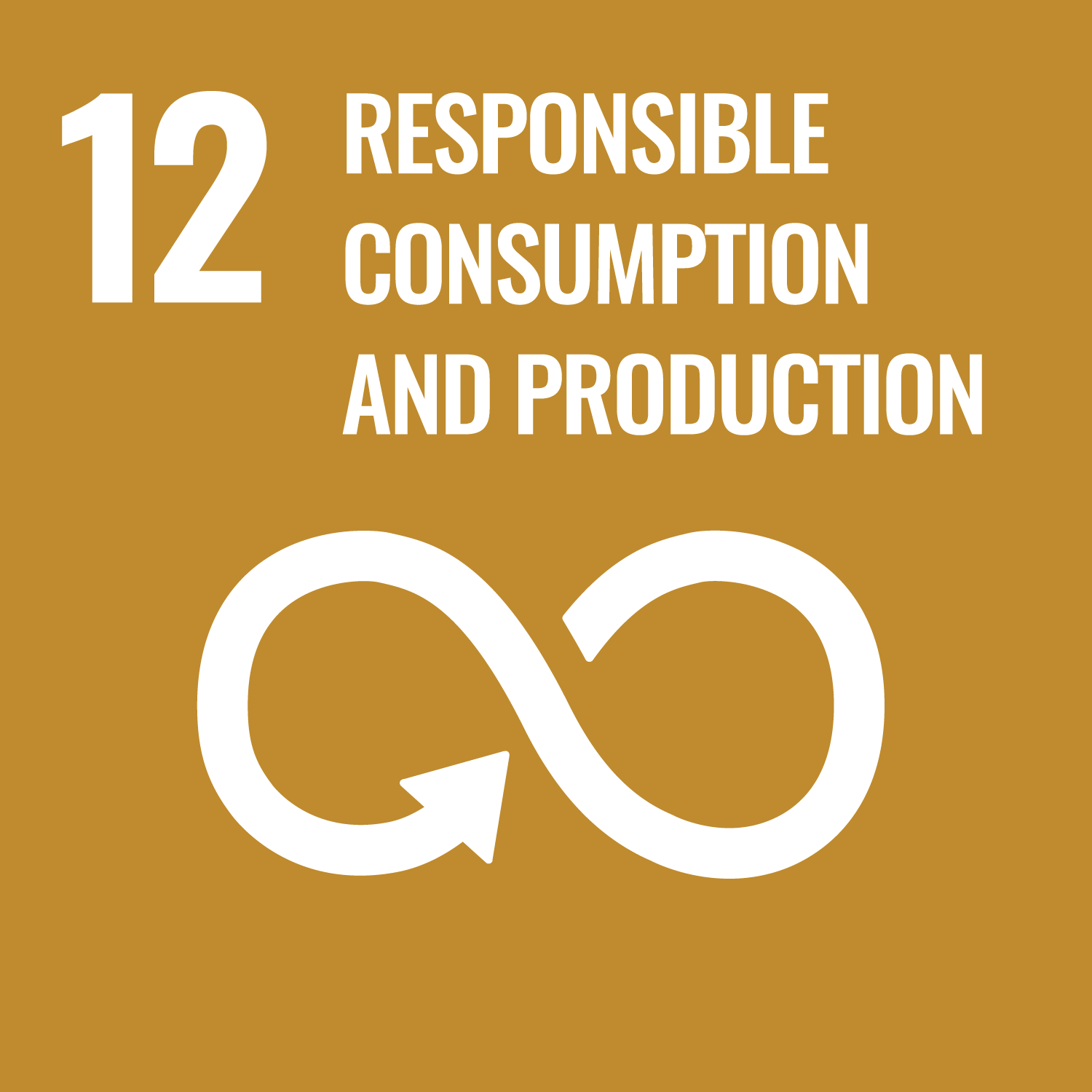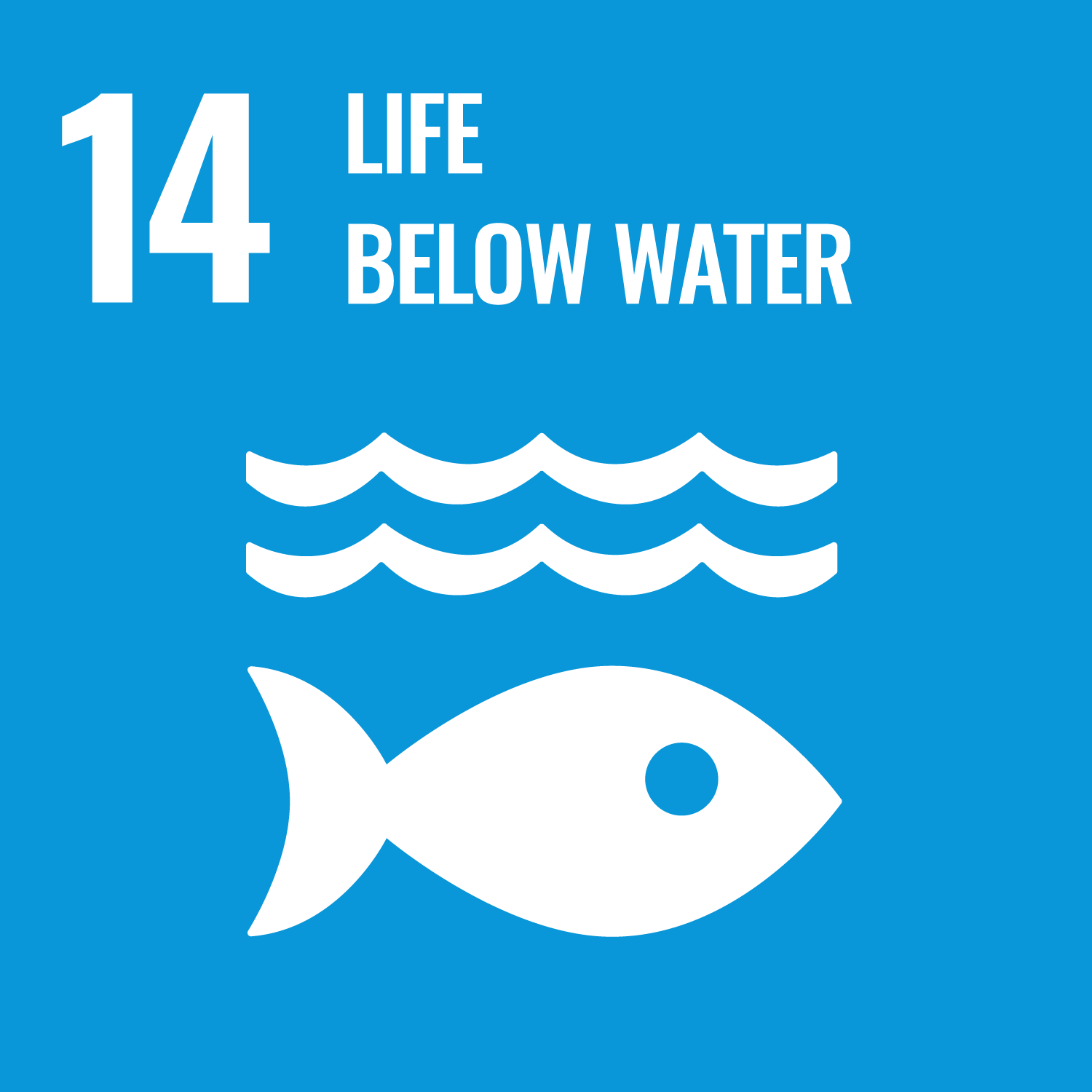Enever, Robert, Doherty, Philip, Ashworth, Jon et al. (5 more authors) (2022) Scallop potting with lights:a novel, low impact method for catching European king scallop (Pecten maximus). Fisheries research. 106334. ISSN: 0165-7836
Abstract
This paper describes, for the first time, that scallops can be attracted into static fishing gear using LED lights. This novel finding presents an opportunity for the development of a new, low impact fishing method for scallops. Traditionally, wild caught scallops are primarily fished using dredges and trawls. Due to their penetrative nature, the interaction of this towed gear with the seabed can cause significant damage to sensitive marine habitats and species. Diver caught scallops have been a low impact alternative source, however, this sector can only supply limited quantities due to logistical constraints. In this study, we investigate the potential for scallops to be fished using illuminated standard commercial crustacean pots. We assessed the effect of using light in a range of pot designs on scallop, brown crab, lobster and crawfish, and spider crab catches in Cornwall between December 2020 and February 2021. A total of 77 strings were shot, deploying 1886 pots of six treatment types. The fishing grounds used in the trial are traditionally potted for crustacea and are not renowned scallop beds. Despite this, all treatments with lights retained scallops and of the 518 scallops recorded, 99.6% (n = 516) were caught in pots with lights. A modified parlour pot with lights (treatment F) caught scallops most effectively, with a maximum catch rate of 19 scallops per string (23–24 pots per string) per 24-, and the maximum number of scallops recorded in a single pot was 24. We show that simple and inexpensive modifications to existing crustacean pots present fishers the opportunity to augment their existing crustacean catches with a low environmental impact, premium scallop product. Further refinement to pot design and the lights are needed to enhance scallop and crustacean retention before a commercially viable fishery can be established. We discuss the opportunities that these new findings present to the fishing industry and marine managers.
Metadata
| Item Type: | Article |
|---|---|
| Authors/Creators: |
|
| Copyright, Publisher and Additional Information: | © 2022 The Authors. |
| Keywords: | Fisheries,Fisheries management,Scallop fisheries,Scallops,Inshore fisheries,ecosystem effects of fishing |
| Dates: |
|
| Institution: | The University of York |
| Academic Units: | The University of York > Faculty of Sciences (York) > Environment and Geography (York) |
| Depositing User: | Pure (York) |
| Date Deposited: | 18 May 2022 10:40 |
| Last Modified: | 20 Sep 2025 01:47 |
| Published Version: | https://doi.org/10.1016/j.fishres.2022.106334 |
| Status: | Published |
| Refereed: | Yes |
| Identification Number: | 10.1016/j.fishres.2022.106334 |
| Sustainable Development Goals: | |
| Open Archives Initiative ID (OAI ID): | oai:eprints.whiterose.ac.uk:187037 |
Download
Filename: 1_s2.0_S0165783622001114_main.pdf
Description: Scallop potting with lights: A novel, low impact method for catching European king scallop (Pecten maximus)
Licence: CC-BY-NC-ND 2.5



 CORE (COnnecting REpositories)
CORE (COnnecting REpositories) CORE (COnnecting REpositories)
CORE (COnnecting REpositories)